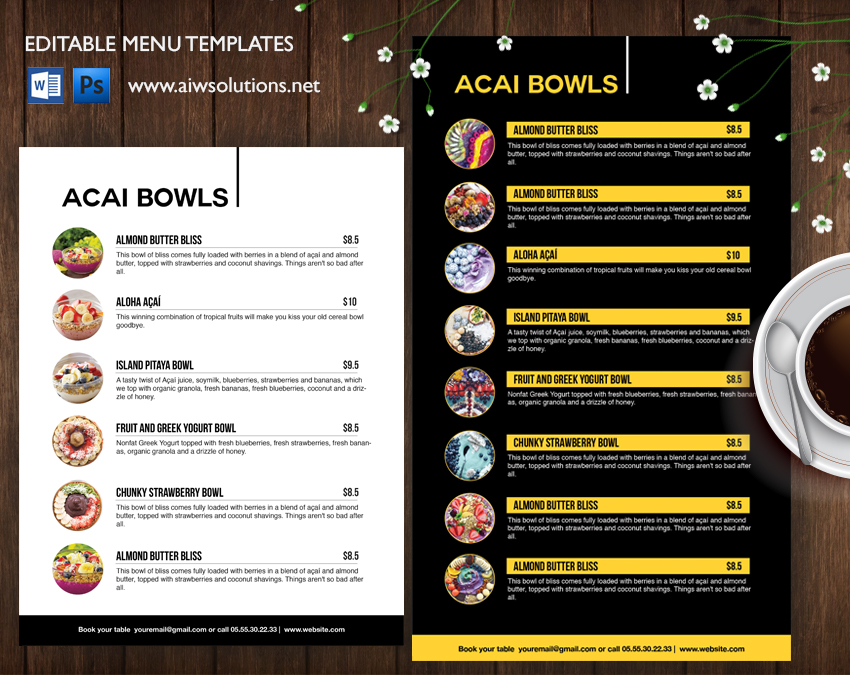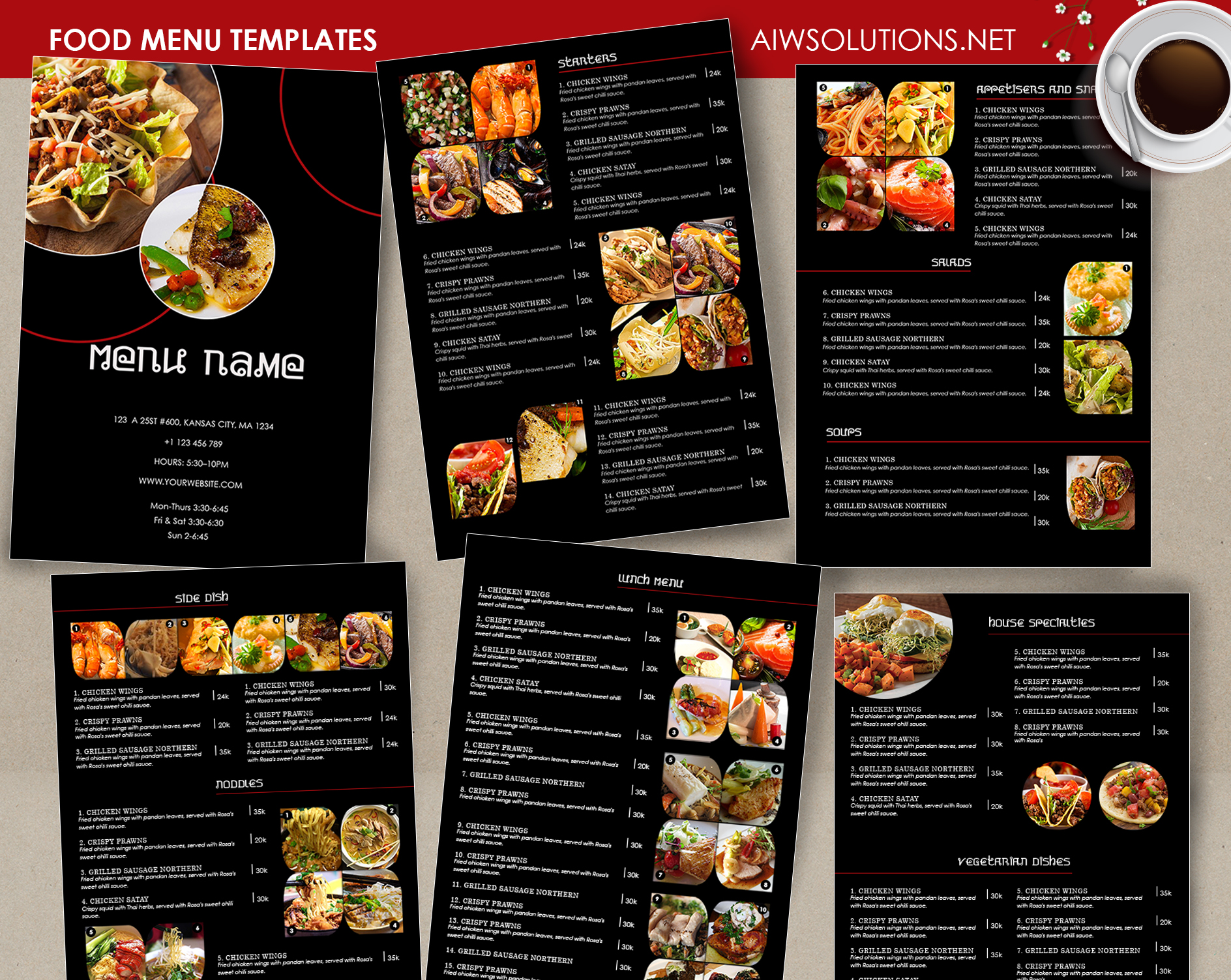Probably you consider opening a small restaurant, it is an ambitious goal, your success will depend on your hard work and qualifications. For a start, you need to build a strategy in order to see your goals, challenges, and possible setbacks.
Starting your own business will not be easy and glamorous, you will have to invest loads of money, time, and energy, you must work hard to realize your goals. Sixty percent of restaurants go bankrupt within a year – your business should not be among them. If you are prepared for your tasks and challenges, if you keep optimistic and positive, things will work out.
1. Profile your Business
You should decide what kind of a restaurant you want and who may go there. You need to pinpoint your audience, their taste, lifestyle, and budget. You may want a cozy, warm place, or a simple and elegant venue. Once you decided, plan your interior design, furniture, decoration, and layout accordingly.
2. Business Plan
Make a detailed strategy, describing every detail of your plans. Your strategy should feature market research that deals with your customers and competitors as well as trendlines within the industry; a marketing plan; plus, refined plans on finances and budget.
3. Marketing Plan
Give extra attention to your marketing plan, because it is your most powerful tool. Be there at community events, offer food samples and gifts, and be visible on social media. Social media is a gemstone for a new entrepreneur, you need to use it to reach out to your possible audience. For a start, seek competitors’ social media channels, comment on them, be positive, respectful, friendly, and professional. Their customers might be interested in your substantive comments.
4. Save Expenses
You are probably looking for ways to save expenses; there are a few ideas you can keep your budget modest. For example, instead of hiring a graphic designer to create expensive menu cards for you, you may buy a menu template which you can edit with MS Word or Photoshop. Your menu is part of your marketing plan, it is imperative to keep its looks in sync with your business values. Professional websites like aiwsolutions.net offer you a way to personalize your menu with food menu template, changing its looks as the food changes.
5. Location
It is crucial to find the best location, it should be at a hot spot, easily available at a frequented area, plus, it must not cost more money than you can afford. You must set your standards high, since a restaurant is not like a home that you can sell, you need to invest plenty of money that you cannot get back once you leave the place. Once you had bought your space, you need to put up with it, so you may probably start small before you can afford to expand your business.
6. Hire Helping Hands
Create a plan on hiring your staff – how many staff members do you need? As a startup, you should hire only a couple of dishwashers, cooks, and servers, as few as you can, and create a plan about their salaries.
7. Educate Staff Members
Solid training for new staff members is the best investment for your business, the more qualified your staff members are, the better off you are. Offer them financial help for at least basic training in their trade, offer them a course or training in order to prepare for their work. Plus, you may write a training guide, featuring job descriptions, requirements, and rules.


